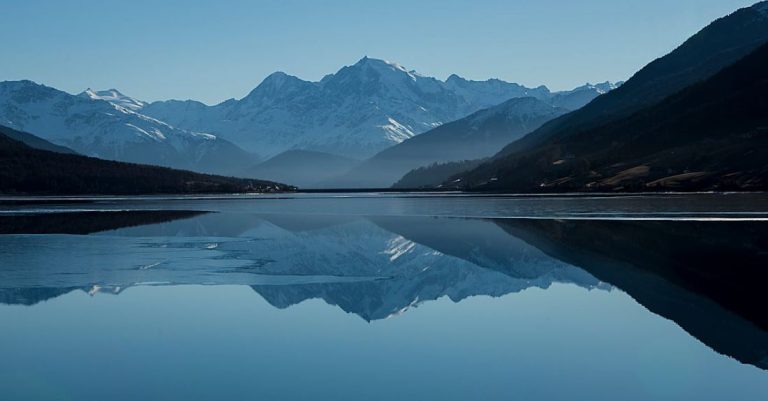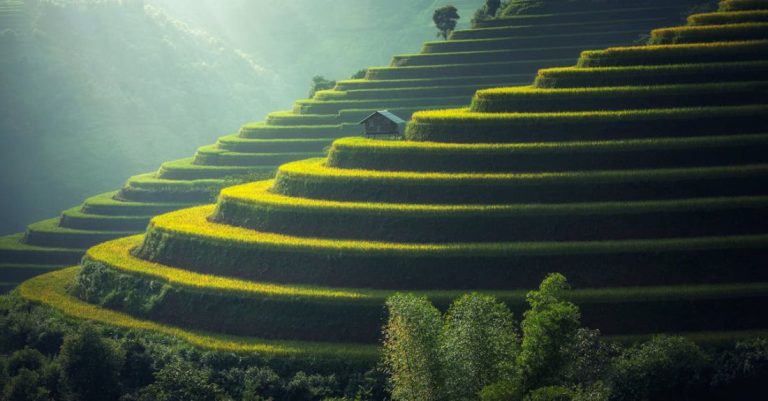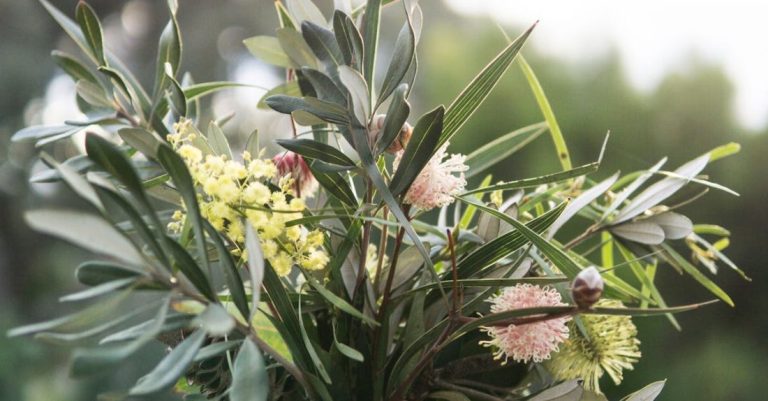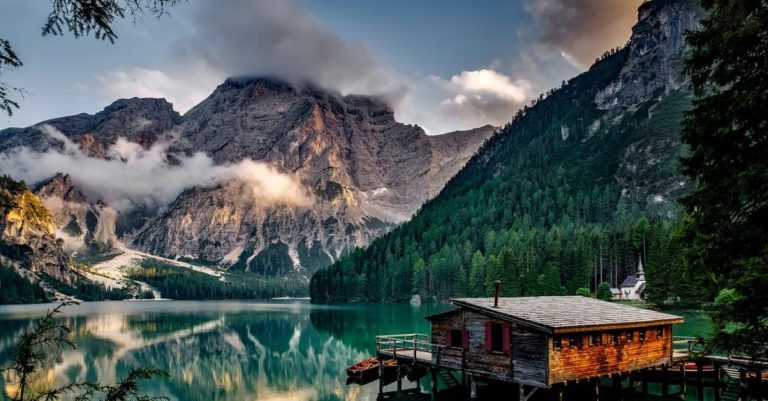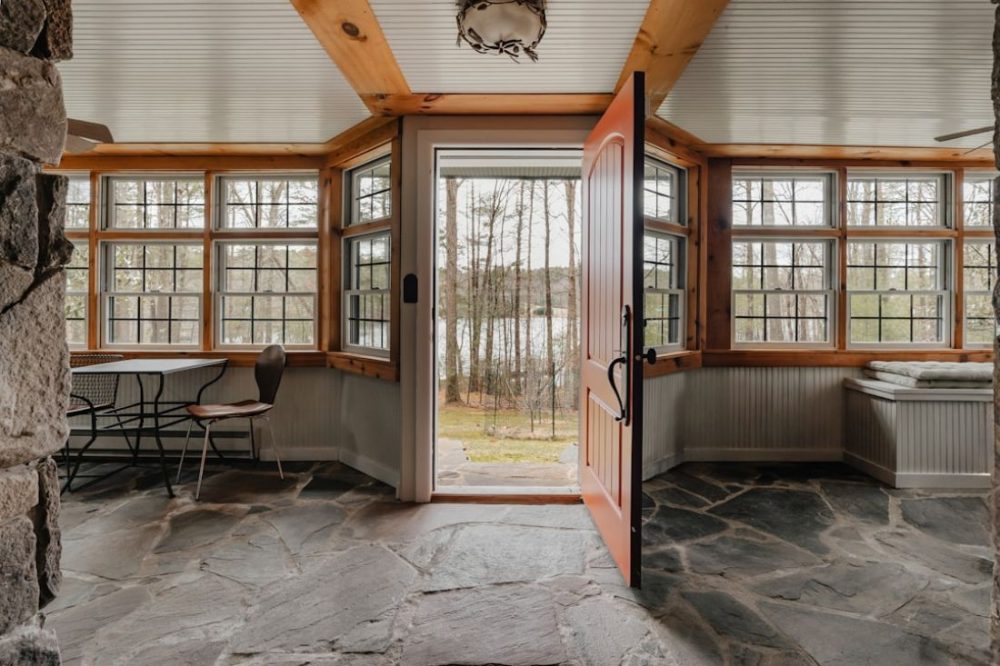
Enhancing Your Outdoor Space with Hardscaping
When it comes to creating a visually appealing and functional outdoor space, hardscaping plays a crucial role in landscape design. Integrating hardscaping elements into your outdoor area can help define spaces, add texture, and introduce unique focal points. Whether you are looking to revamp your backyard, create a welcoming entrance, or build a relaxing outdoor retreat, incorporating hardscaping features can elevate the overall aesthetic and functionality of your landscape design.
Selecting the Right Materials
The first step in utilizing hardscaping in your landscape design is selecting the right materials. From natural stone to concrete pavers, the options are vast and varied. Consider the style of your home, the existing landscaping elements, and the overall aesthetic you want to achieve when choosing hardscaping materials. Natural stone, such as slate or granite, can add a timeless and elegant look to your outdoor space, while concrete pavers offer versatility and durability. Think about how the materials will complement the surrounding vegetation and structures to create a cohesive design.
Defining Outdoor Spaces
Hardscaping elements can be used to define outdoor spaces and create distinct areas within your landscape. For example, a paved patio can serve as an outdoor dining or lounging area, while a pathway made of gravel or stepping stones can lead visitors through your garden. By incorporating walls, fences, or pergolas, you can create boundaries and privacy screens, adding depth and visual interest to your outdoor space. Define different zones for entertaining, gardening, or relaxation to maximize the functionality of your landscape design.
Adding Texture and Visual Interest
Texture plays a significant role in hardscaping and can add depth and visual interest to your outdoor space. Mixing materials like wood, stone, and metal can create contrast and enhance the overall aesthetic of your landscape design. Consider incorporating a variety of textures, such as rough stone walls, smooth concrete surfaces, or weathered wood accents, to create a dynamic and visually appealing outdoor environment. Textural elements can also help tie different areas of your landscape together and create a cohesive design.
Introducing Focal Points
Hardscaping features can serve as focal points in your landscape design, drawing the eye and adding visual interest. A striking water feature, such as a fountain or pond, can create a sense of tranquility and provide a focal point for your outdoor space. A fire pit or outdoor fireplace can serve as a gathering spot and add warmth and ambiance to your landscape design. Sculptures, arbors, or decorative planters can also act as focal points, adding personality and charm to your outdoor area. Choose hardscaping elements that reflect your personal style and enhance the overall design of your landscape.
Creating Low-Maintenance Solutions
In addition to their aesthetic benefits, hardscaping elements can also provide practical solutions for low-maintenance landscaping. Opting for materials that require minimal upkeep, such as concrete pavers or composite decking, can help reduce the time and effort needed to maintain your outdoor space. Incorporating hardscaping features like retaining walls or edging can help prevent erosion, control water runoff, and reduce the need for regular maintenance. By strategically incorporating hardscaping elements into your landscape design, you can create a beautiful and functional outdoor space that is easy to care for and enjoy.
Elevating Your Outdoor Experience
By incorporating hardscaping elements into your landscape design, you can elevate the aesthetic appeal and functionality of your outdoor space. From defining outdoor spaces to adding texture and focal points, hardscaping offers endless possibilities for creating a unique and inviting landscape. Selecting the right materials, incorporating texture and visual interest, and creating low-maintenance solutions are key considerations when integrating hardscaping into your outdoor design. With thoughtful planning and creative execution, hardscaping can transform your outdoor area into a stunning and enjoyable extension of your home.

